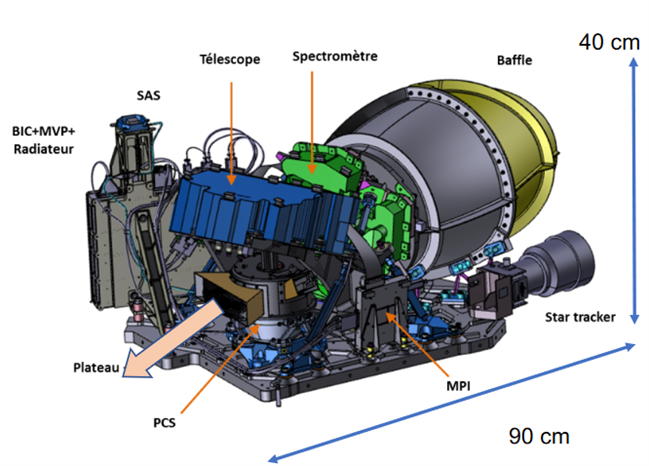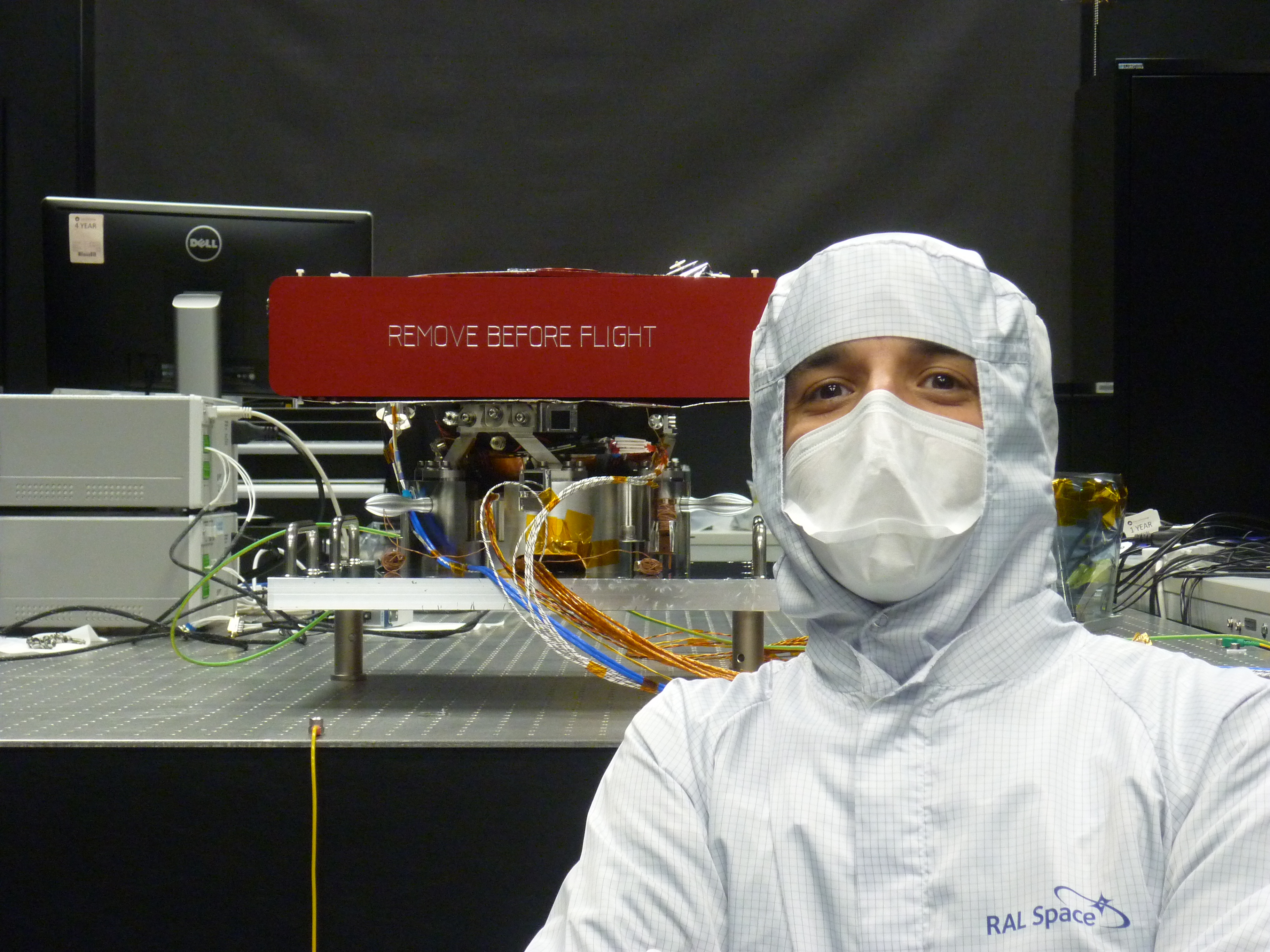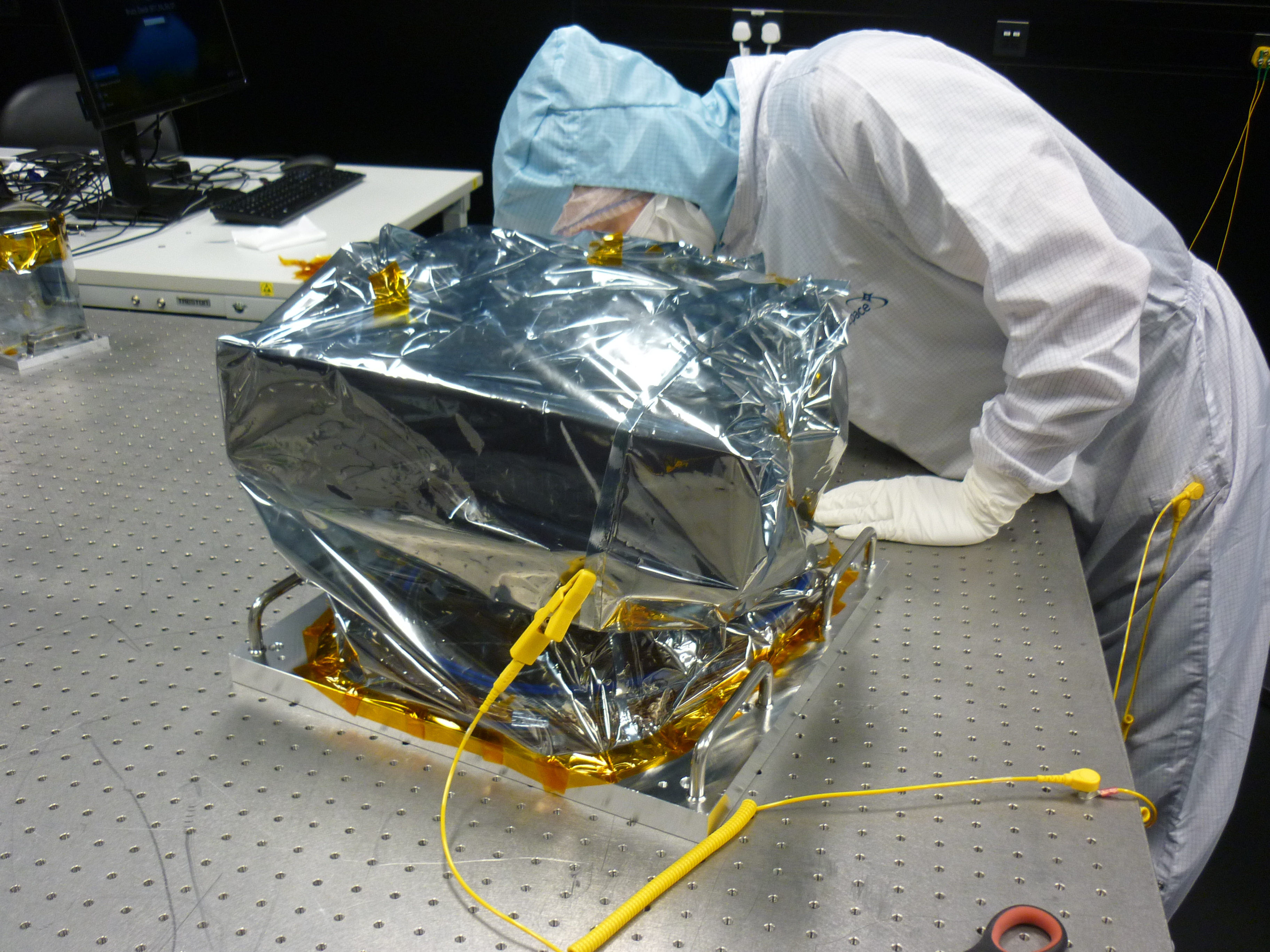Carbon dioxide, or CO2, is the main greenhouse gas driving global warming. The amount of CO2 on Earth varies in different places. The carbon cycle describes the processes that cause these variations such as plants absorbing CO2 for photosynthesis, which is why forests are called carbon sinks. Cities with many vehicles emitting CO2 are carbon sources. It's important to know the amounts of CO2 to help monitor progress against the Paris Agreement target to limit global surface warming to less than 2°C in this century.
There aren't enough stations on the ground to measure CO2 across the entire planet, and the amounts vary with the seasons but we don't know by how much. MicroCarb is a European mini satellite that will measure the Earth's sources and sinks of carbon dioxide. Using a satellite gives us more information and MicroCarb has a special city-scanning mode that will allow us to map CO2 emissions across cities.
How does the satellite work?

When sunlight passes through the Earth’s atmosphere, the gases absorb some of the light. Each gas absorbs a unique amount and this information is shown in a graph called an absorption spectrum. We use spectra to determine the type and amount of gases in a sample.
MicroCarb has a telescope that collects incoming light. It has a spectrometer, a device that measures the properties of light as spectra. It looks at sunlight reflected by the Earth in infrared wavelengths to measure CO2.
It also has a Pointing and Calibration System (PCS) which allows the device to scan across the Earth’s surface by pointing at different places. It points at the Sun and at light sources inside the satellite for calibration, a method to check that the measurements stay accurate and reliable. We know what the exact results should be for known light sources so we check that MicroCarb gives those same measurements and if not, then we can see by how much to adjust and correct the CO2 measurements.
The role of RAL Space
The PCS was designed, developed and tested at RAL Space.
We designed and manufactured the multi-layer insulation (MLI), the shiny thermal blankets around the satellite. These blankets help keep the satellite at the right temperatures, not too hot when facing the Sun and not too cold facing deep space, so that its electronics always work correctly.
RAL Space was also home for the final build of the satellite, the assembly, integration and test phase. All the satellite components from across Europe came together in one of our clean rooms. These are special labs with a strictly controlled environment to avoid contamination. Once a satellite is in space, we can't wipe off a dirty fingerprint!
Videos
Resources
Gallery
 RAL Space engineer Davide with the PCS. Credit: STFC RAL Space
RAL Space engineer Davide with the PCS. Credit: STFC RAL Space
 Inspection of the PCS. Credit: STFC RAL Space
Inspection of the PCS. Credit: STFC RAL Space
